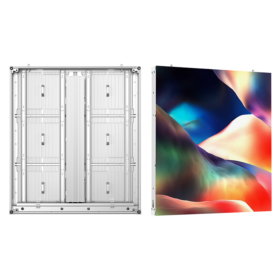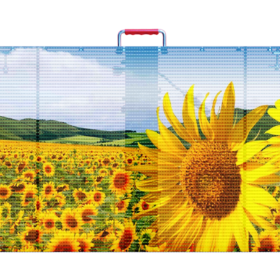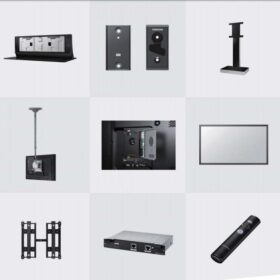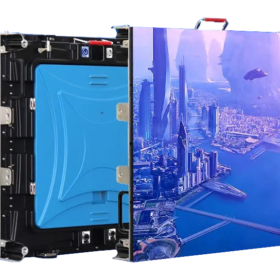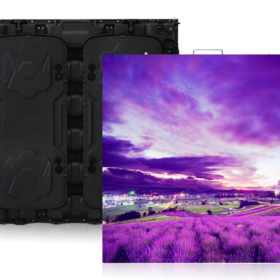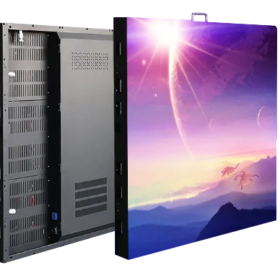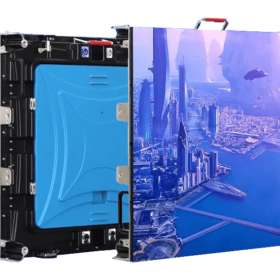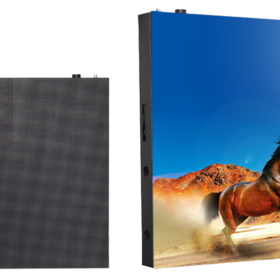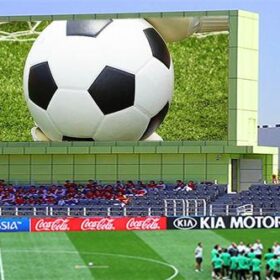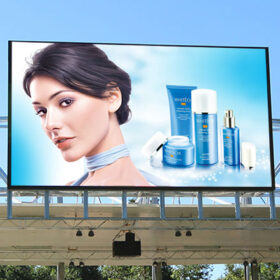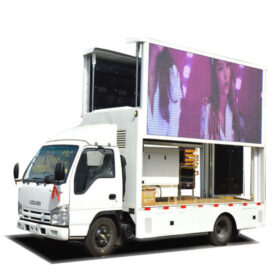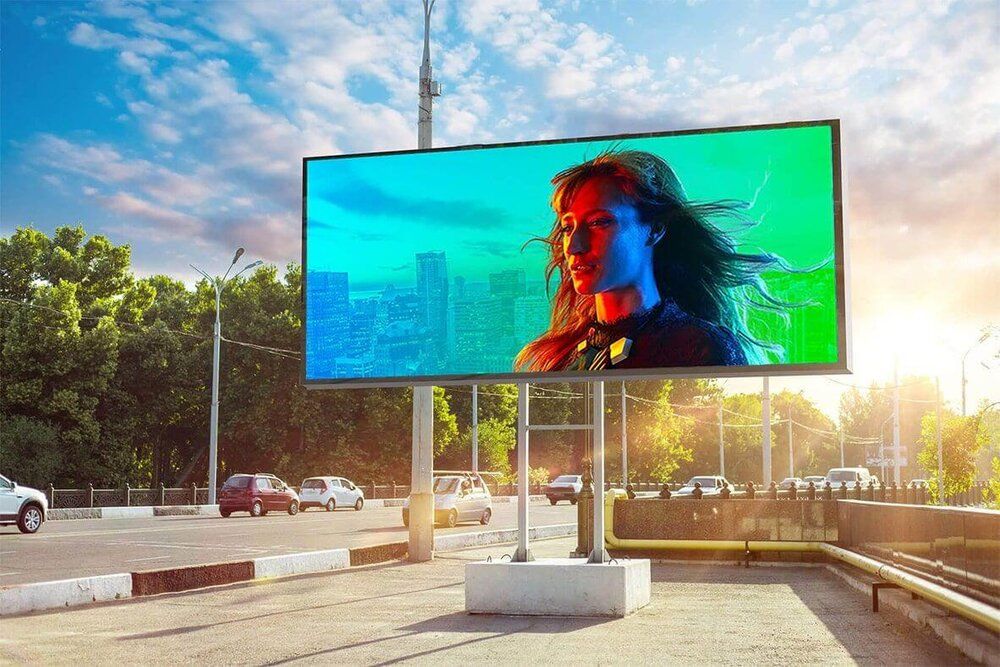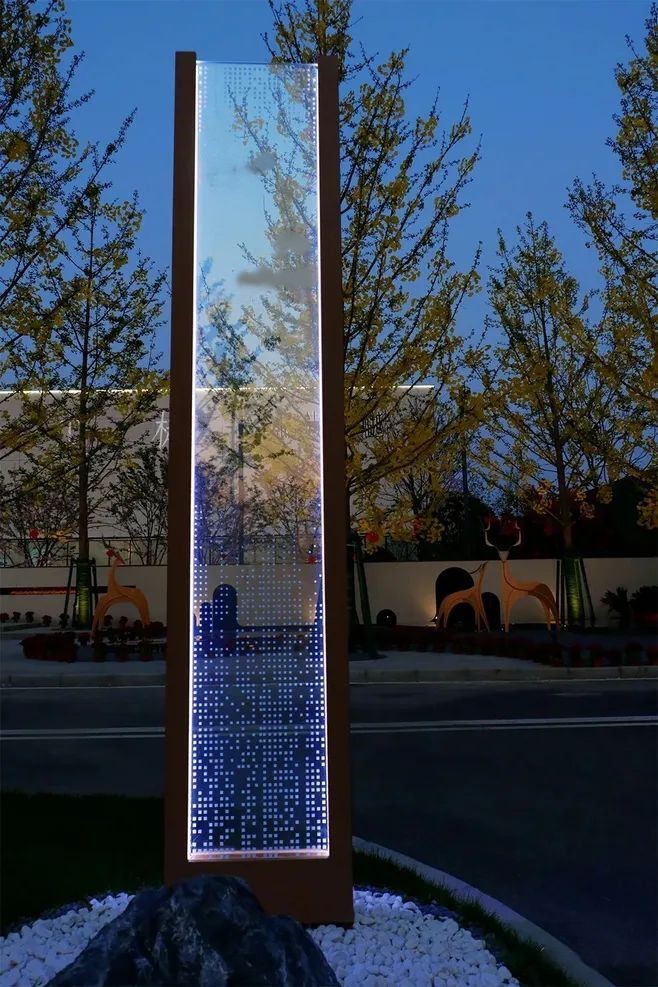No products in the cart.
Articles
Outdoor LED Screen
Outdoor LED screens have become an ubiquitous presence in today’s world, captivating audiences with vibrant visuals and delivering engaging content across a wide range of applications.
However, their exposure to the elements poses unique challenges, particularly in regions prone to extreme weather conditions. To ensure the longevity and optimal performance of outdoor LED screens, it’s crucial to implement comprehensive measures that safeguard them against the elements.
Outdoor LED screens, while captivating and effective for visual communication, are vulnerable to damage from harsh weather conditions like strong winds, heavy rains, and lightning strikes. To safeguard these valuable assets and ensure their continued operation, implementing comprehensive protective measures is crucial. This guide outlines proactive strategies to effectively combat extreme weather threats and maintain the integrity of outdoor LED screens.
Mitigating Extreme Weather Risks for Outdoor LED Screens:
Wind Mitigation Techniques
- Structural Reinforcement: Employ a robust steel frame for mounting the LED screen, ensuring adequate stability and resistance against wind gusts.
- Impact Protection: Shield the LED modules with impact-resistant materials, such as tempered glass or polycarbonate protective layers, to minimize damage from windborne debris.
- Windbreak Installation: In areas prone to strong winds, consider installing windbreak barriers or wind deflectors to reduce wind force and protect the screen from wind-induced damage.
- Regular Wind Load Assessments: Conduct periodic wind load assessments to evaluate the screen’s structural integrity and determine if any additional reinforcement is necessary.
Rainwater Protection Strategies
- IP Rating Selection: Select LED screens with a high IP (Ingress Protection) rating, indicating their level of resistance against water ingress. IP65 and higher ratings are recommended for outdoor applications.
- Sealing and Waterproofing: Seal all gaps and seams around the LED screen’s enclosure using silicone sealant or other waterproof sealants to prevent water penetration.
- Drainage System Installation: Install gutters or downspouts to effectively divert rainwater away from the LED screen and minimize the risk of waterlogging and corrosion.
- Regular Water Resistance Testing: Conduct regular water resistance tests to ensure the integrity of the screen’s waterproofing measures and identify any potential leaks.
Lightning Strike Protection Measures
- Lightning Rod Installation: Install lightning rods on or near the LED screen’s structure to intercept and safely dissipate lightning strikes, preventing direct contact with the screen and its components.
- Surge Protector Utilization: Equip the LED screen with surge protectors to safeguard against power surges caused by lightning strikes, protecting the screen’s electrical system from damage.
- Proactive Power Disconnection: During thunderstorms, proactively unplug the LED screen from the power outlet to further minimize the risk of lightning-related damage.
- Grounding and Bonding: Ensure proper grounding and bonding of the LED screen’s structure and electrical system to provide a low-impedance path for lightning currents to safely dissipate.
Beyond the immediate threats posed by extreme weather, several additional considerations can contribute to the long-term lifespan and optimal performance of outdoor LED screens:
Regular Inspections: Schedule regular inspections to identify any signs of damage or wear and tear. Early detection allows for timely repairs and maintenance, preventing minor issues from escalating into major problems.
Thorough Cleaning: Maintain the screen’s cleanliness by regularly removing dirt, dust, and other contaminants. Accumulation of debris can obstruct heat dissipation and attract moisture, leading to potential damage.
Professional Expertise: Entrust the installation, maintenance, and repair of the screen to qualified technicians. Their expertise ensures proper handling and adherence to industry standards, maximizing the screen’s lifespan.
Environmental Monitoring: Monitor environmental conditions, such as temperature, humidity, and air quality, to assess any potential risks to the screen’s performance. Proactive monitoring allows for timely adjustments to protect the screen from adverse environmental factors.
Regular Maintenance Schedule: Establish a regular maintenance schedule that includes cleaning, inspections, and testing. This proactive approach helps maintain the screen’s optimal condition and extend.


